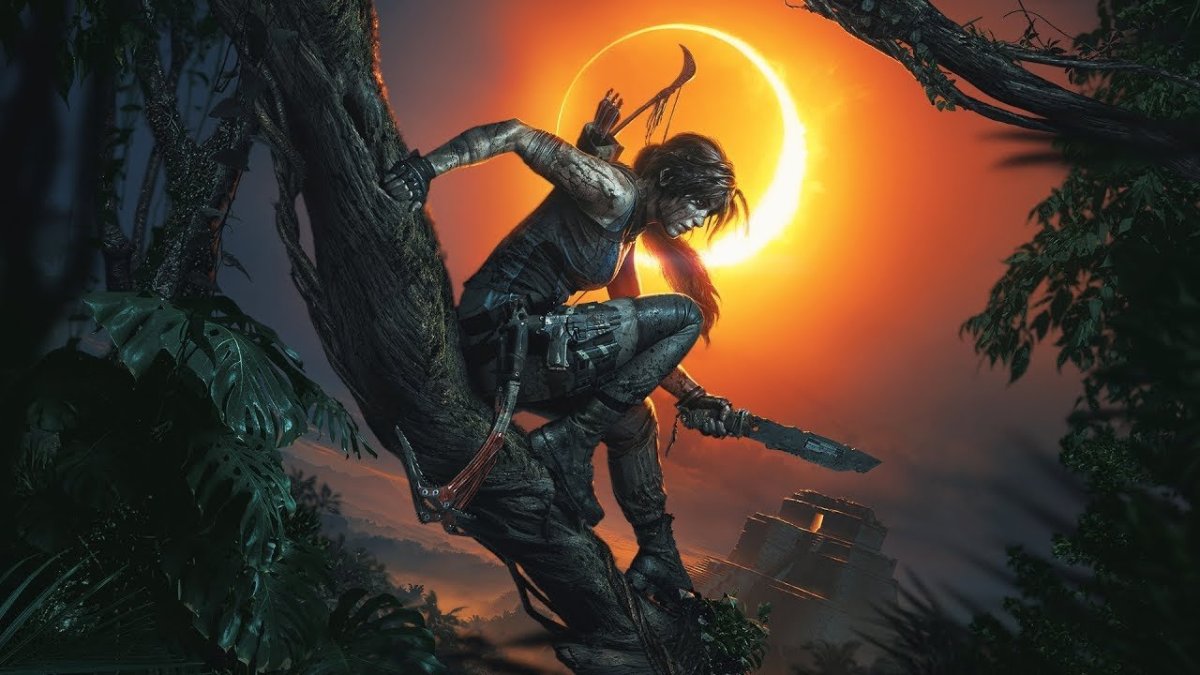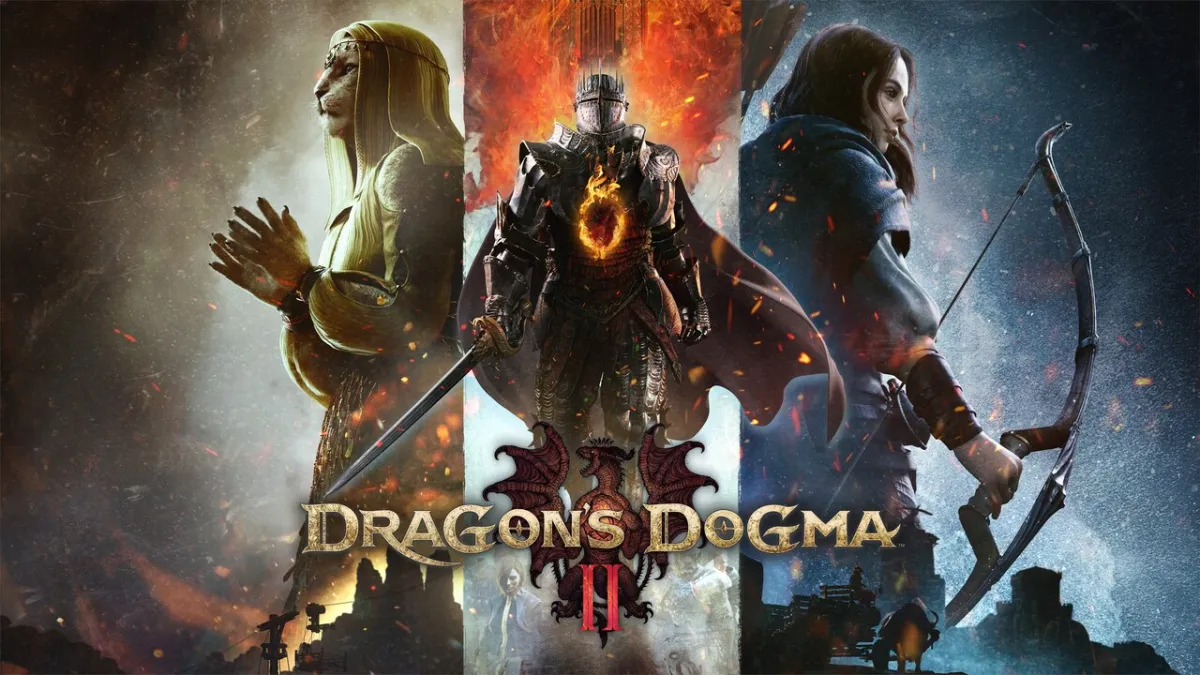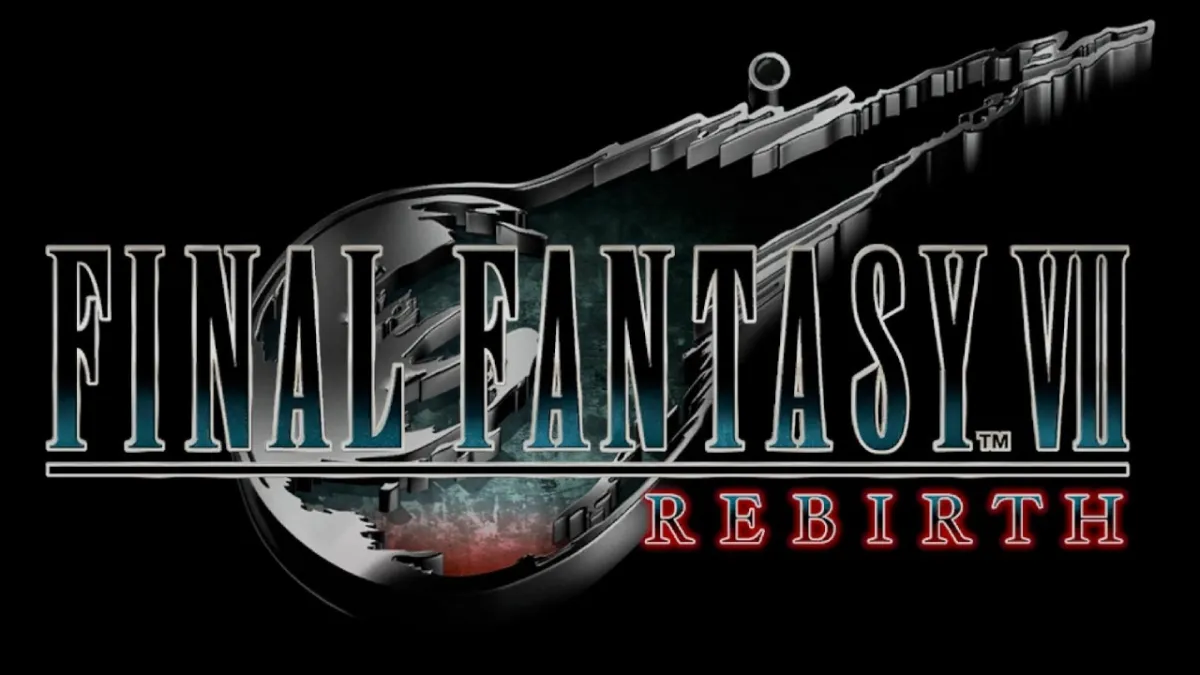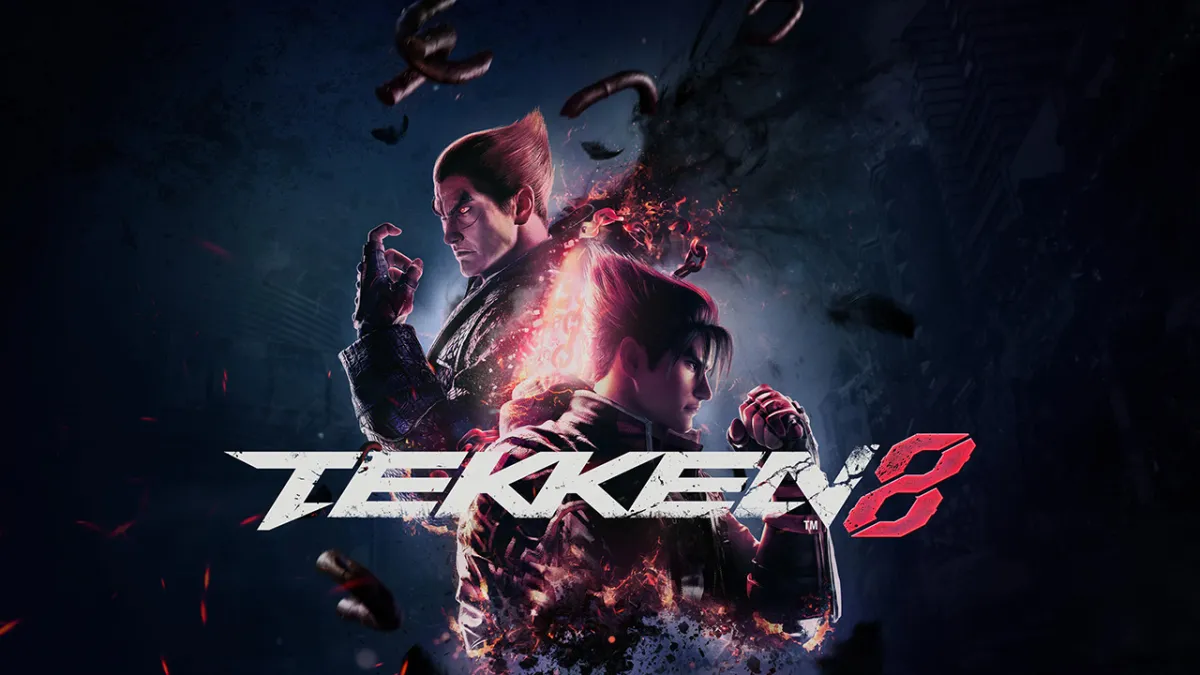Well, here it is. The finale of Lara Croft’s rebooted origin story. In 2013, Crystal Dynamics rebooted the popular Tomb Raider franchise with Tomb Raider (2013), completely changing what everyone knew about the franchise. This was followed up two years later with Rise of the Tomb Raider, which expanded on the reboot’s new concepts even further. Both games were very positively received and fans waited with bated breath for the third entry to round out the origin story trilogy. And now Shadow of the Tomb Raider is here.
This time around, Deus Ex developer Eidos Montréal took on the development lead, with Crystal Dynamics lending a helping hand as they also work on The Avengers Project. Eidos took a largely “if it ain’t broke, don’t fix it” approach to Shadow of the Tomb Raider‘s gameplay, mostly staying true to the various mechanics introduced in the first two entries of the rebooted series. Which is a good thing, since the gameplay of those first two games was universally acclaimed. This isn’t to say Eidos didn’t put any of their own touches on it, however.
That said, those who played the first two games will largely know what to expect with this one. For those who haven’t played the first two games, I’ll be giving my take on some old mechanics as well as some new ones in this review.
There are three main gameplay styles that make up Shadow of the Tomb Raider‘s gameplay: Combat, Exploration, and Puzzles. The game has different difficulty settings for each of these sections of gameplay, meaning you could choose to play with Combat set to Easy, Exploration set to Normal, and Puzzles set to Hard, if you wanted to. I found this really cool because it makes the game more accessible to different types of gamers. If you’re someone who’s more into shooters, you can turn the Combat difficulty up while keeping Exploration and Puzzles on Normal or Easy. Or if you’re more of a puzzle-solver but suck at aiming a gun, you can turn Combat to Easy while keeping the other two sections on higher difficulties. It’s a cool way to let players customize their experience to what they’ll personally have the most fun doing.
Stealth has never been so accessible and satisfying to pull off.
I found that the Combat in Shadow of the Tomb Raider can be frustrating, as the video game industry still hasn’t quite figured out how to perfect enemy AI yet. The biggest example of this is how when one enemy spots you, every enemy in the area suddenly knows where you are. There were several times when I’d be hiding in some grass, completely hidden from enemies, but then when one enemy happens to bump into me, every enemy within a 100-foot radius begins shooting at me, killing me almost instantly. Obviously, this something that occurs in a lot of action games, not just this one, but it still would have been nice if, in the third entry in the series, they had been able to fix this to some degree.
However, when the combat works and flows (which it usually does), it really works and flows. There are few things more satisfying than successfully killing off all enemies in an area one by one without ever being seen by any of them. And with new mechanics such as the ability to cover yourself in mud, attack from the trees above, and use Fear Arrows, stealth has never been so accessible and satisfying to pull off. And even when stealth isn’t an option, the range of weapons you’re given, from bows and arrows to shotguns to rifles to climbing axes, gives the player a lot of variety in how they want to approach combat, which is always welcome in action games, as far as I’m concerned. Some of the enemies in the game are really tough, and the fact that they usually appear in large groups for you to take on by yourself doesn’t help, but that’s why you can turn down the Combat difficulty without sacrificing anything in the Puzzle or Exploration departments.

As far as exploration goes, there’s a lot to explore in Shadow of the Tomb Raider. Another cool thing about this game is that it works perfectly well as both an open-world adventure or as a more linear narrative experience, and the player is free to choose how they want to experience it. Exploration is required to some degree regardless of how you play, as you will often have to do some level of exploring to find your next destination, but those who want a lot of exploration will find a lot of it, and those not as interested in it can largely avoid it. Going out of your way to explore will result in finding plenty of optional tombs to raid and side quests to partake in, as well as areas that players will have to return to later if they want to explore them, due to needing items that are found later in the main campaign, giving the game something of a Metroidvania feel.
The Challenge Tombs provide a good challenge (hence their name) and will have the player testing their skills at platforming and puzzle-solving to the best of their abilities. These are generally fun segments of the game and can be a nice break from the main campaign. Even if the rewards for beating the Challenge Tombs are Skills that may or may not be super useful, the challenge of the tombs themselves are often enough to warrant traversing through them. Another new addition to Shadow of the Tomb Raider is how much underwater exploration there is both inside and outside of tombs. There have been underwater sections in the last two Tomb Raider games, but there are a lot more of them here, as to fulfill fan requests for more of these sections. Unlike water sections in many other games, the swimming controls here aren’t terrible; in fact, they work perfectly well and very rarely are as frustrating as the infamous water levels of many other games. The underwater sections are also generally very claustrophobic, but in a good way that keeps the action going, despite the fact that things tend to move more slowly underwater. I found myself constantly taking deep breaths with Lara every time she resurfaced to catch her breath.
There’s a lot to explore in Shadow of the Tomb Raider.
So the Exploration and Puzzle parts of the game are fulfilled satisfactorily in finding and taking on the Challenge Tombs, as well as many of the parts of the game’s main campaign. The side quests, however, are a bit of a different story. Granted my own personal bias is speaking here, as I’m generally not much of a side quest guy, but I found the side quests in Shadow of the Tomb Raider to generally be pretty uninteresting. I didn’t participate in a whole lot of side quests (because I got so bored of them after a while, I decided to just stick to main missions and Challenge Tombs), but the ones that I did were largely just: talk to this NPC; now open up the map to find where the next NPC is and go talk to them; now open the map again and find your next destination to talk to another NPC; and so on. It didn’t help that most NPCs didn’t have voice acting or animation on par with the main characters, nor did many of them have particularly interesting things to say. Paititi may be the largest hub in any Tomb Raider game, but when there isn’t a whole lot to do there that’s very interesting or engaging, then what’s the point? That being said, there are very likely to be lots of people much more interested in side quests and the open world format than I was, so this aspect of the game will probably be much more fulfilling to those types of people, even if I personally wasn’t super into it.
The biggest difference between Shadow of the Tomb Raider and its two predecessors is obviously its story. Earlier this year, when I attended a press event for the game and got some hands-on time with it, I remarked on how I thought the set-up for its narrative was very interesting and I was excited to see how it would play out in the full game. And I think it was fine. There were some very interesting points touched on, including Lara’s unhealthy obsession with tomb raiding to the point where she puts not only herself but others in constant danger, and how she and the villain of the game might not be so different, since they’re both the heroes of their own stories. However, a lot of these themes weren’t explored to the extent that I wished they would be. They didn’t do a bad job or anything; I just kind of wish they had spent more time exploring these dynamics and how they affect the characters and their relationships, and a little less time finding excuses to make Lara go on even more dangerous expeditions, despite having just detailed the destructiveness of her decisions, and not in a “she’ll never learn” way, but in more of a “well, we need something to happen” way. I can’t totally blame the developers for that; it is an action video game, after all. And given that the big action set pieces, like trying to escape cities while they’re being ravaged by tsunamis or earthquakes, are some of my favorite parts of the game, I probably shouldn’t complain about any excuse the developers had to include more of these scenes. And ultimately, the game does wrap up Lara’s origin story in a satisfactory conclusion that ties loose ends and brings this trilogy to an appropriate end (until the next inevitable entry).

The Verdict
There are some things that I can nitpick about, but all in all, this is a pretty great game and a great way to end Lara’s origin story. Fans of the rebooted Tomb Raider series are sure to be pleased, and if you’re someone who has yet to get into the franchise, maybe now is the time to do so.







